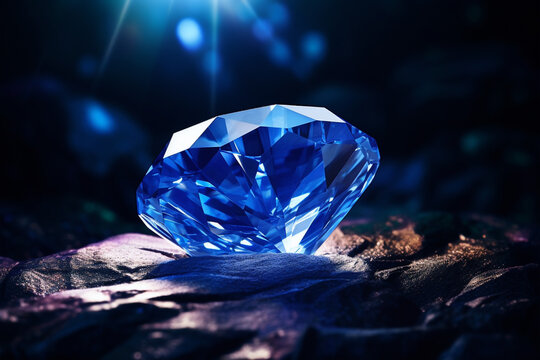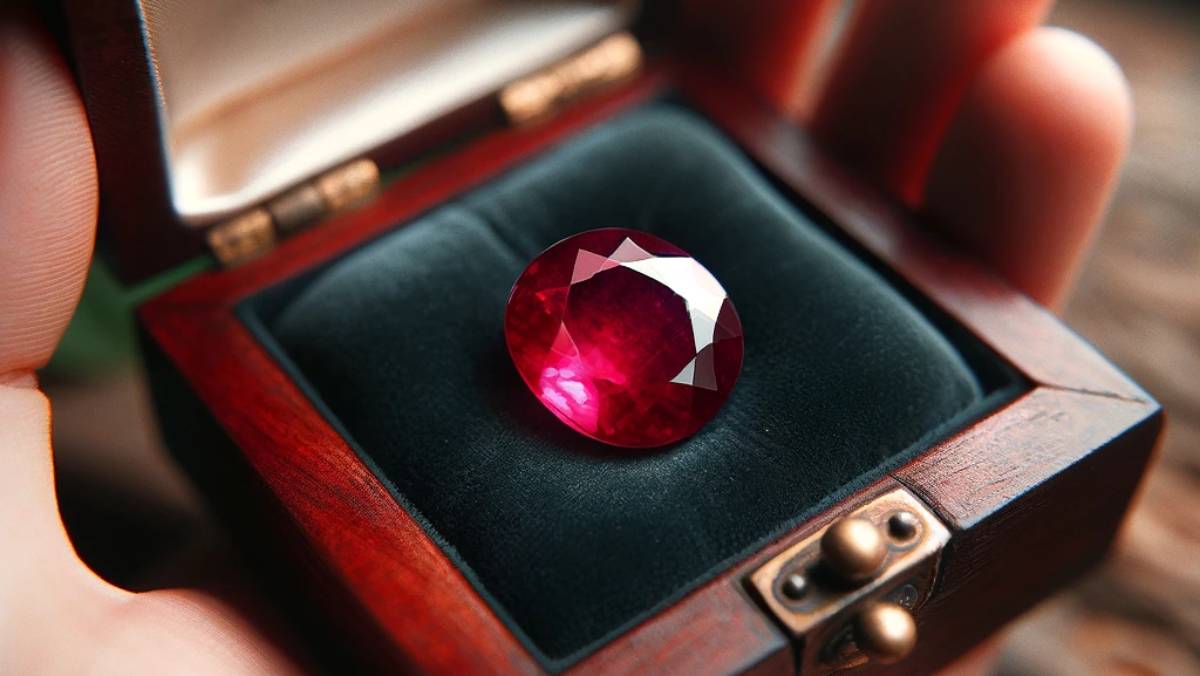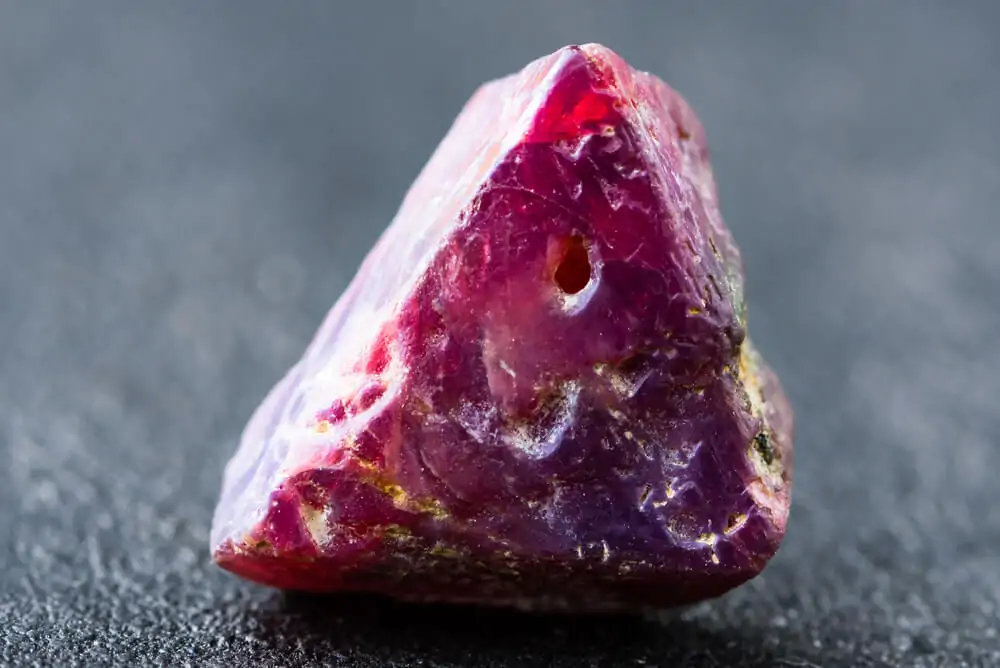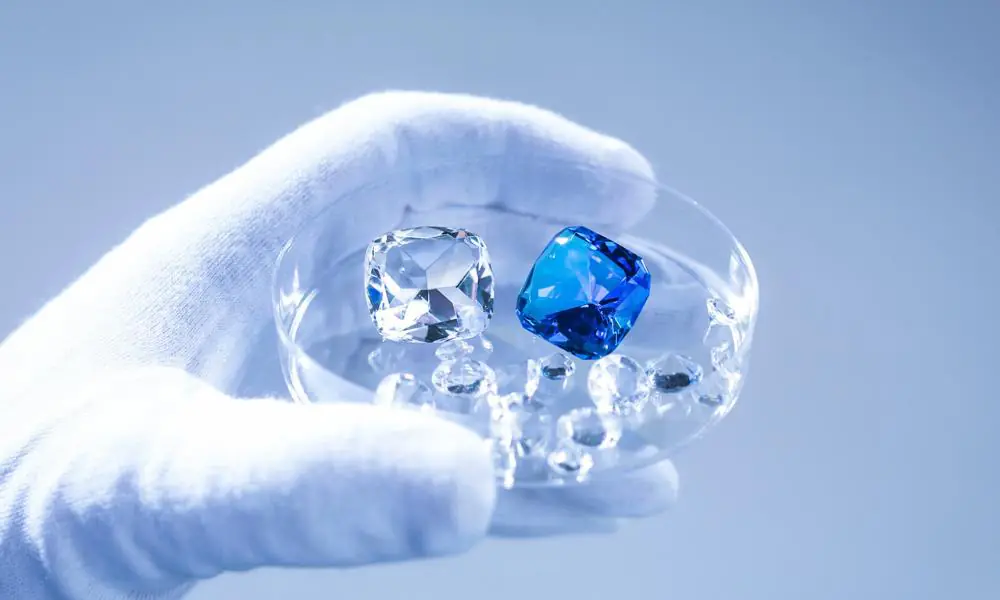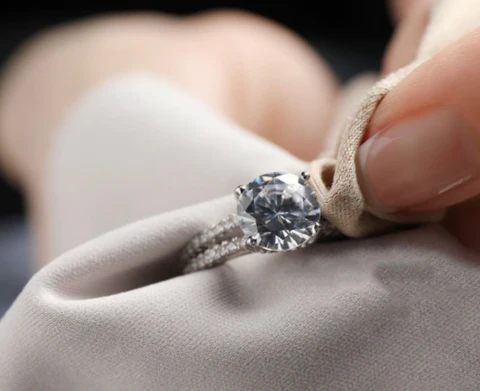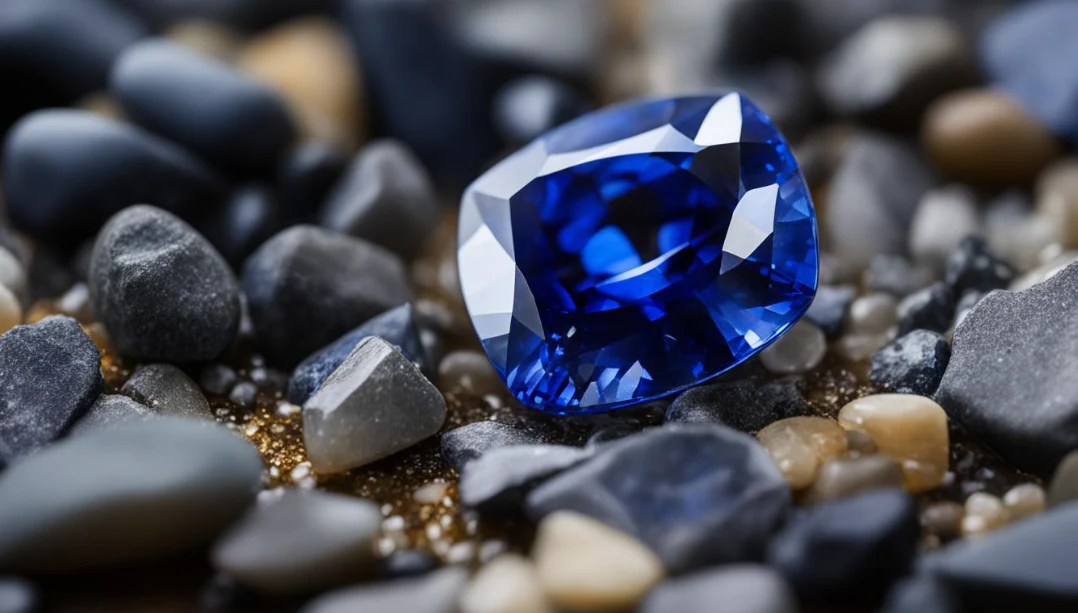
Gemstoneshave fascinated humanity for centuries, with their brilliance, rarity, and symbolic value making them highly coveted treasures. Among these, silk gemstonesstand out for their unique visual characteristics and intrinsic charm.
Recognized for their mesmerizing inclusions that resemble threads of fine silk, these gems are a testament to nature’s artistry. Let's look into the world of silk gemstones, examining their formation, appeal, and significance in gemology.
What Are Silk Gemstones?
Silk gemstones are natural gems that exhibit thread-like inclusions, often described as "silk." These fine, fibrous structures are internal features that occur due to natural processes during the gem’s formation. The term "silk" is primarily associated with corundum varieties, such as sapphires and rubies, but it can also be observed in other gemstones.
Characteristics Of Silk Gemstones
- Appearance:The "silk" inclusions give these gemstones a soft, velvety luster that enhances their overall beauty.
- Optical Effects:In certain cases, these inclusions create phenomena such as asterism, where light reflects in a star-shaped pattern on the gem’s surface.
- Types of Silk:The inclusions can vary in density and pattern, ranging from fine, evenly distributed threads to clustered formations.
Examples Of Silk Gemstones
1. Sapphires
Sapphires are renownedfor their rich colors and brilliance, and silk inclusions play a significant role in enhancing their allure. These inclusions often appear as fine, intersecting needles of rutile, giving the gem a velvety texture and depth. In some cases, the silk contributes to a star-like optical effect called asterism, making star sapphires highly prized by collectors.
2. Rubies
Rubies, with their vivid red hues, often feature silk inclusions that amplify their beauty. The presence of silk can diffuse light within the gemstone, creating a warm, glowing effect that adds to the ruby’s appeal. These inclusions are a hallmark of high-quality rubies, particularly those from the Mogok regionin Myanmar, which are famous for their exceptional color and brilliance.
3. Spinels
While silk inclusions are less common in spinels, their presence adds a unique charm to these gemstones. When silk is present, it enhances the gem’s character by introducing subtle optical effects and a sense of depth. Spinels with silk inclusions are rare and often sought after by collectors for their distinctive appearance.
How Are Silk Gemstones Formed?
The formation of silk gemstones is a complex geological process involving high pressure, temperature, and specific mineral compositions. The inclusions occur when microscopic rutile crystalsare trapped within the host gem as it forms deep beneath the Earth’s crust.
1. Geological Process
- Mineral Deposition:Elements like aluminum and oxygen combine to form corundum, the base mineral of sapphires and rubies.
- Crystal Growth:As the gemstone grows, tiny rutile needles crystallize within it, creating the silk-like inclusions.
- Heat and Pressure:High temperatures and pressures enhance the alignment of these inclusions, contributing to optical phenomena like asterism.
2. Influence On Gem Quality
- Enhancement of Aesthetic Appeal:Silk inclusions often diffuse light within the gem, giving it a soft, ethereal glow.
- Impact on Clarity:While inclusions generally reduce clarity, in silk gemstones, they are often viewed as desirable features.
The Appeal Of Silk Gemstones
Silk gemstones hold a special place in the hearts of gem enthusiasts and collectors. Their unique inclusions and visual effects set them apart from other gems, making them highly sought after.
Why Collectors Love Silk Gemstones
- Unique Beauty:The interplay of light and inclusions creates a one-of-a-kind appearance for each gem.
- Rarity:Genuine silk gemstones with pronounced optical effects are rare and highly valued.
- Symbolism:These gems are often associated with elegance, luxury, and refinement.
Famous Silk Gemstone Jewelry
- Star of Asia:A renowned sapphiredisplaying a stunning star effect, attributed to silk inclusions.
- Mogok Rubies:Known for their vibrant hues and silk-like inclusions that enhance their allure.
How To Identify Silk Gemstones
Identifying silk gemstones requires a keen eye and the right tools. Their unique inclusions are often the key to distinguishing them from other gems.
Visual Inspection
- Use of a Loupe:A 10x magnification loupe can reveal the fine, thread-like structures within the gemstone.
- Lighting Conditions:Observing the gem under diffused light can help identify asterism or other optical effects.
Professional Certification
- Gemological Reports:Trusted labs like GIA or AGS provide detailed reports on the gem’s inclusions and overall quality.
- Microscopic Analysis:Advanced tools can confirm the presence and type of inclusions.
Caring For Silk Gemstones
Cleaning Tips
- Gentle Cleaning:Use a soft brush, warm water, and mild soap to clean the gemstone.
- Avoid Harsh Chemicals:Abrasive substances can damage the gem’s surface and inclusions.
Storage Recommendations
- Soft Pouches:Store each gemstone separately in soft, padded pouches to prevent scratching.
- Controlled Environment:Keep gemstones away from extreme temperatures and humidity.
Buying Silk Gemstones: What To Know
Purchasing a silk gemstone requires careful consideration to ensure authenticity and quality.
Factors To Consider
- Color:Vibrant and even coloration is highly desirable.
- Clarity:While silk inclusions are valued, excessive inclusions can reduce transparency.
- Cut:A well-cut gem maximizes the optical effects of silk inclusions.
- Carat Weight:Larger stones with silk inclusions are rarer and more valuable.
Trusted Sources
- Reputable Jewelers:Always buy from certified and trusted jewelry brandswith a history of quality assurance.
- Certification:Ensure the gem comes with a certificate from a recognized gemological lab.
FAQs
What Is Asterism In Silk Gemstones?
Asterism is a star-like optical effect seen in some silk gemstones, such as star sapphires. It occurs when light interacts with their fine inclusions.
Which Gemstones Commonly Exhibit Silk Inclusions?
Sapphires and rubies are the most common examples, but silk inclusions can also appear in other gems like spinels.
Do Silk Inclusions Affect A Gem’s Value?
Yes, silk inclusions can enhance a gem’s value by adding unique visual characteristics, especially when they create optical effects like asterism.
How Can I Care For My Silk Gemstones?
Clean them gently with warm water and mild soap, store them in soft pouches, and avoid exposing them to harsh chemicals or extreme conditions.
What Should I Look For When Buying A Silk Gemstone?
Focus on color, clarity, cut, and carat weight. Always purchase from reputable jewelers and insist on gemological certification.
Conclusion
Silk gemstones represent the perfect blend of natural beauty and geological wonder. Their unique inclusions and captivating optical effects make them a prized addition to any jewelrycollection.
Collectors, jewelers, and gemstone enthusiasts alike find these gems to be timeless symbols of nature’s unparalleled artistry, inspiring admiration for their elegance and charm.
